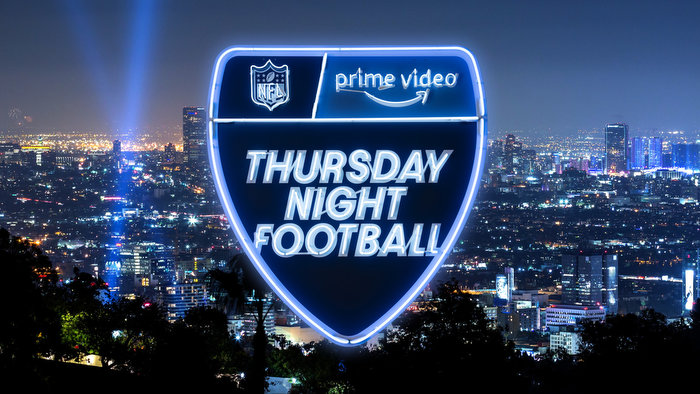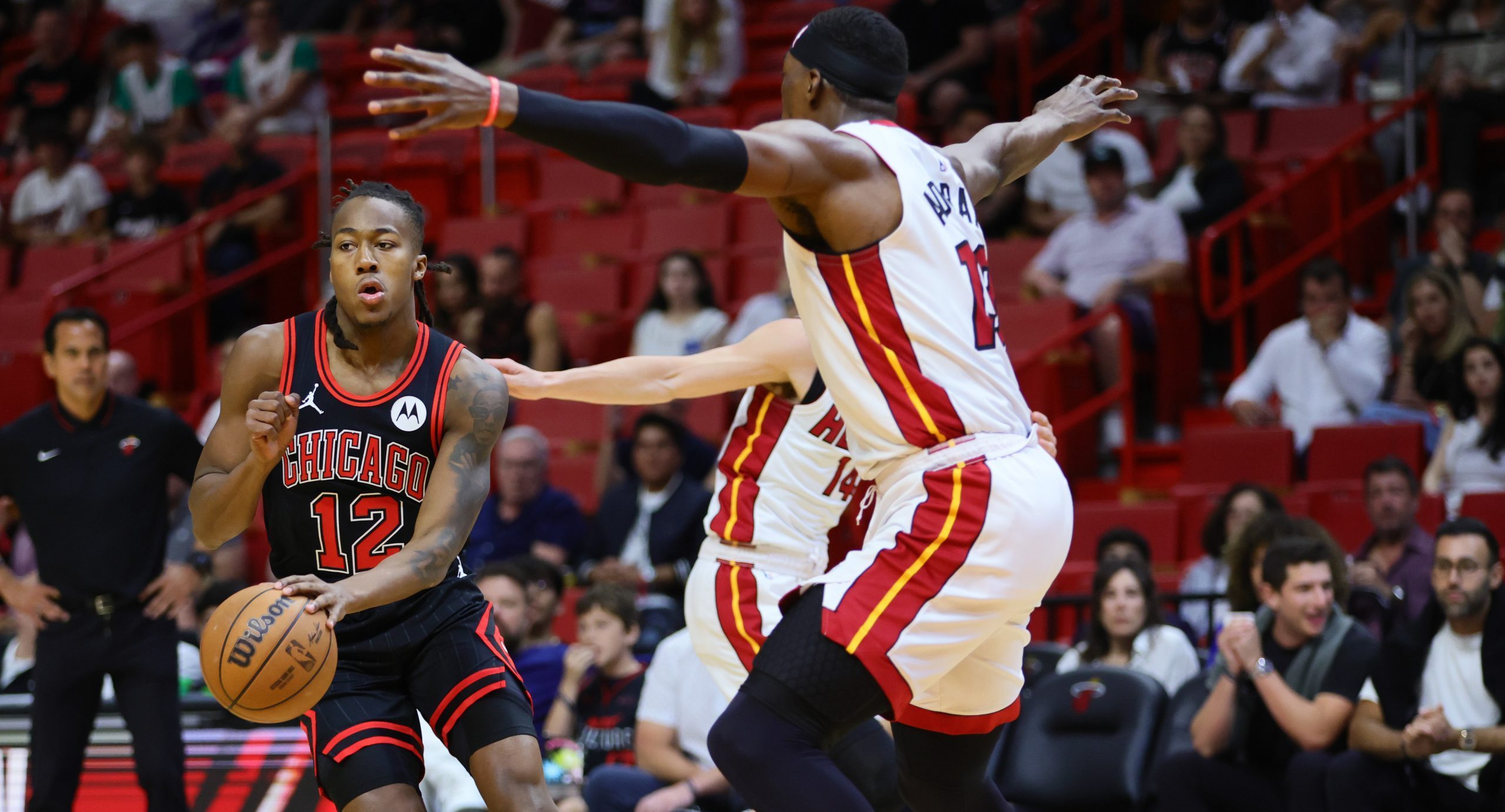One of the biggest challenges around streaming is with events that a ton of people want to watch at once, which creates issues everywhere from media company host servers to individual internet service providers. Amazon’s Thursday Night Football this fall looks to be the largest U.S. primarily-streaming content broadcast to date (it will still air on linear TV in the teams’ home markets, and they’ve struck a deal with DirecTV for satellite broadcasts to bars and restaurants, but most individuals will only be able to watch through Prime Video streaming), and that’s leading to some questions about how their infrastructure will handle that. Bloomberg’s Gerry Smith and Lucas Shaw explored that and more in a piece this week, and they got some notable quotes:
Amazon’s two top sports executives spoke to @gerryfsmith and Thursday Night Football, missing out on the Big Ten/F1 and their interest in the NBA.https://t.co/1OKr1dDyHu
— Lucas Shaw (@Lucas_Shaw) September 8, 2022
What stood out as perhaps particularly interesting in that piece were remarks from Jay Marine, vice president, Prime Video, and global head of sports for Amazon. He’s described as “an Amazon veteran and former technical adviser to [Amazon executive chairman Jeff] Bezos who now oversees Amazon’s sports business.” And here’s what he had to say:
Amazon has spent months preparing, communicating with internet providers to make sure they are ready for an expected spike in traffic. It will reduce picture quality for fans with low bandwidth to ensure their stream doesn’t crash. And it has hired more customer-service representatives to field the inevitable complaints on social media.
“I don’t think there’s any company more prepared than we are to handle that type of scale and that type of challenge,” said Jay Marine, an Amazon veteran and former technical adviser to Bezos who now oversees Amazon’s sports business. “It’s what we’re good at.”
It’s certainly going to be a challenge, though, if past issues with streaming sports are any indication. Some particular notable ones have come with streaming of some Super Bowls , some college football championship games, and some FIFA World Cup matches, which is perhaps to be expected given the giant audiences for those games. Even with the rising numbers of people watching those games via streaming instead of linear TV, though, the majority of viewers are still watching linear feeds there. And while there have been plenty of streaming-only or streaming-primary broadcasts in the U.S., those have generally been with less prominent sports, and the streaming-only NFL games to date have been early-morning international games. A weekly primetime NFL broadcast is a whole different ballgame.
It’s notable as well that there are countless elements that can impact streaming, and not all of them are under Amazon’s control. As mentioned, there are challenges that can arise from spikes on the ISP end (and while it’s positive that Amazon’s already having conversations with those providers, they can’t fix everything there), or with users’ individual home equipment. It’s possible for ISPs to have major network-wide failures at times, as we saw in Canada this summer with a coding error issue at Rogers.
Streaming infrastructure also tends to use various tech intermediaries, so an issue with one of them can cause widespread problems. We saw this this week when Prime Video, along with many other streaming services, was impacted by problems at Google-owned digital rights management service Widevine. And that’s just one of the very many things that can go wrong. So it will be interesting to watch and see how this goes for Amazon on the tech side.
Amazon does have experience with exclusive streaming significant of games in international markets. That includes the UEFA Champions League in the UK, Italy, and Germany, the Premier League in the UK, and tennis’ US Open in the UK. But exclusive streaming rights for the NFL in the U.S. on a weekly basis is still a big jump forward. And, as Shaw and Smith note, the smoothness or lack thereof of their NFL streaming may impact how many future big U.S. rights deals they can get, including perhaps with the NBA.
Beyond that, Marine makes a significant point in that Bloomberg piece on a different front. Some have wondered how this TNF deal makes sense for Amazon, with them projecting lower overall audiences than TNF on Fox last year but paying the NFL significantly more for these rights ($13 billion over 11 years, $1.2 billion a year, 80 percent more than what Fox paid). Well, for one thing, the viewership projections estimate that audiences will start small and then grow as people adapt to this as a streaming product, so the audience numbers could look much better as this deal goes on.
But beyond that, Amazon is charging more for ads ($600,000 per 30-second spot versus $500,000 for Fox last year, as per Bloomberg), and selling advertisers on that by saying they can serve more targeted ads thanks to the data they have on Prime subscribers. And there’s also the ability for Amazon to gain revenue here from Prime subscriptions ($139 a year) and from linked purchases, something that was cited way back in 2017 when they first signed for non-exclusive TNF streaming rights (and back when Prime cost $99 a year). Marine had some notable comments on that, and on how this is a long-term play for them:
“We’re confident we’ll not only see a lot of people signing up for Prime but also exposed to other parts of the Prime membership,” Marine said. He added: “We have a long-term horizon. While we’re focused on the first game, success is really going to be ‘How are we doing three, five, seven, 11 years from now?’ Half of my brain is focused there.”
We’ll see how this all works out. But a lot of eyes are going to be on the debut game next Thursday (Chiefs-Chargers), and on how smoothly that goes on the tech side.







